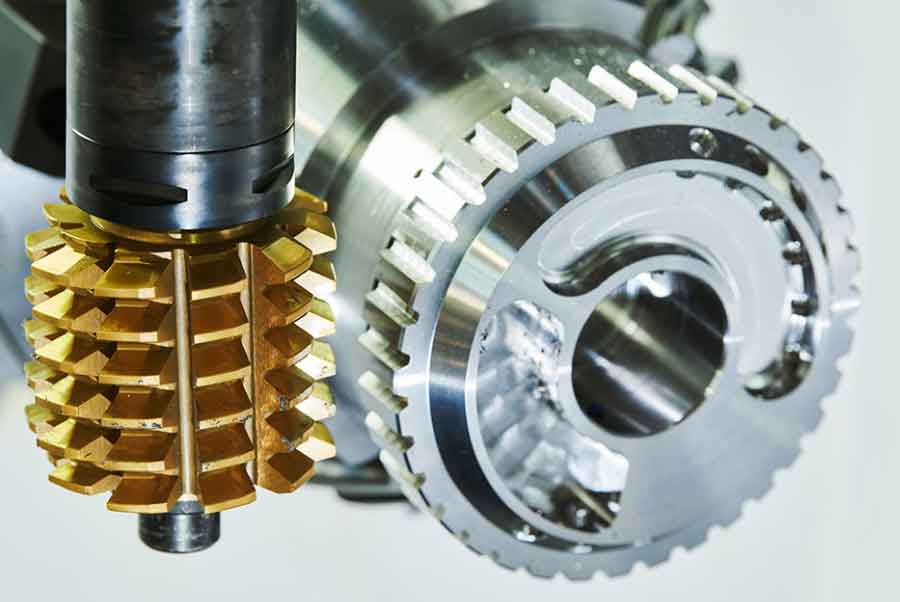When it comes to gear hobbing and optimizing gear design for optimal performance, several key considerations should be taken into account. These considerations contribute to achieving desired gear characteristics and ensuring efficient and reliable gear performance. Here are some important factors to consider:

- Gear Design Parameters: Start by defining the gear design parameters, including the module, number of teeth, pressure angle, and gear profile. These parameters determine the gear’s size, shape, and function. Ensure that the gear design aligns with the specific application requirements, load conditions, and operating environment.
- Material Selection: Choose the appropriate material for the gear based on factors such as strength, durability, wear resistance, and heat treatment characteristics. Consider the gear’s intended application and the forces it will encounter. Material selection plays a crucial role in ensuring the gear can withstand the required loads and provide long-term reliability.
- Tooth Profile Optimization: Optimize the gear tooth profile for smooth and efficient power transmission. Consider factors such as tooth shape, pressure angle, addendum, dedendum, and tooth thickness. The gear tooth profile should be designed to minimize noise, vibration, and losses due to friction and misalignment. Analyze and optimize the tooth profile using computer-aided design (CAD) software or specialized gear design tools.
- Tooth Helix Angle: For helical gears, the helix angle is an important consideration. The helix angle affects the load distribution, tooth engagement characteristics, and gear meshing performance. Proper selection of the helix angle ensures smooth gear meshing, reduces noise, and enhances load-carrying capacity.
- Gear Tolerance and Quality Control: Define the required tolerances for the gear dimensions, tooth profile, and surface finish. Consider the manufacturing capabilities, gear application requirements, and industry standards when specifying tolerances. Implement effective quality control measures to ensure the produced gears meet the required dimensional accuracy and surface finish.
- Tooth Surface Treatment: Consider surface treatment techniques to enhance the gear’s performance and durability. Surface treatments such as heat treatment, case hardening, nitriding, or coating can improve wear resistance, reduce friction, and increase the gear’s resistance to pitting and scoring.
- Gear Tooth Chamfering and Filleting: Adding chamfers or fillets to the gear tooth profile helps minimize stress concentrations and improves the gear’s fatigue life. Chamfers or fillets at the tooth ends and corners reduce stress risers, enhancing the gear’s strength and resistance to tooth breakage.
- Proper Lubrication: Adequate lubrication is crucial for optimal gear performance and longevity. Select the appropriate lubricant based on factors such as load, speed, temperature, and operating conditions. Ensure proper lubrication design, such as providing lubrication grooves or channels, to facilitate effective lubricant distribution throughout the gear mesh.
- Application-Specific Considerations: Consider any specific requirements or constraints associated with the gear’s application. This includes factors such as noise limitations, space constraints, backlash requirements, or environmental conditions. Design the gear accordingly to meet these specific needs.
- Validation and Testing: Perform thorough validation and testing of the gear design before proceeding to production. This can include simulation analysis, prototype testing, or gear measurement inspections. Validating the gear design ensures that it meets the desired performance criteria and provides the expected efficiency and reliability.
By carefully considering these factors during the gear hobbing and design process, manufacturers can optimize gear performance, minimize potential issues, and ensure efficient and reliable operation in various applications.
